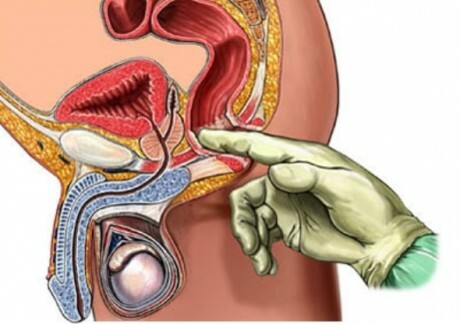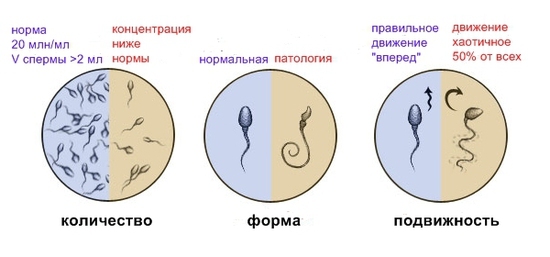Varicocele in men: what is it, symptoms, treatment, causes
Varicose venous diseasethat forms the plexus plexus of the testicle is called varicocele. This disease affects all age groups, but more often occurs in adolescents aged 14-16 years due to serious hormonal changes in the body. Varicocele in men is often combined with other venous pathologies, for example, with hemorrhoids.
Content
- What is varicocele?
- What does varicocele look like?
- Classification
- Varicocele 1 degree
- Varicocele grade 2
- Varicocele 3 degrees
- Varicocele grade 4
- Varicocele causes
- Symptoms and signs of varicocele
- What happens if varicocele is not treated (complications)
- Varicocele treatment
- Varicocele treatment without surgery
- Physiotherapy
- Treatment of varicocele with folk remedies
- Endoscopic surgery
- Preventive measures
What is varicocele?
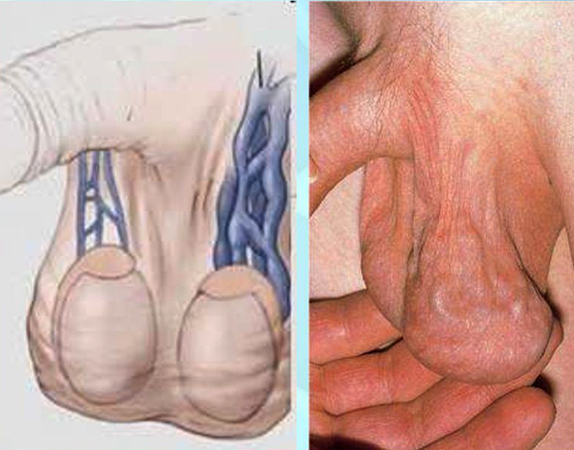
Disease "Varicocele"- This is a varicose veins of the testicle in men. The disease is not life-threatening, but often leads to infertility. According to statistics, 60% of men unable to bear children are diagnosed with varicocele. The reason is the detrimental effect on the quality and quantity of sperm produced.
The disease occurs quite often - approximately every sixth aged men from 16 to 26 years old. In most cases, it is asymptomatic, or the symptoms are mild. It can persist for a long time in a chronic form without causing discomfort. But with progression, it leads to complete infertility.
What does varicocele look like?
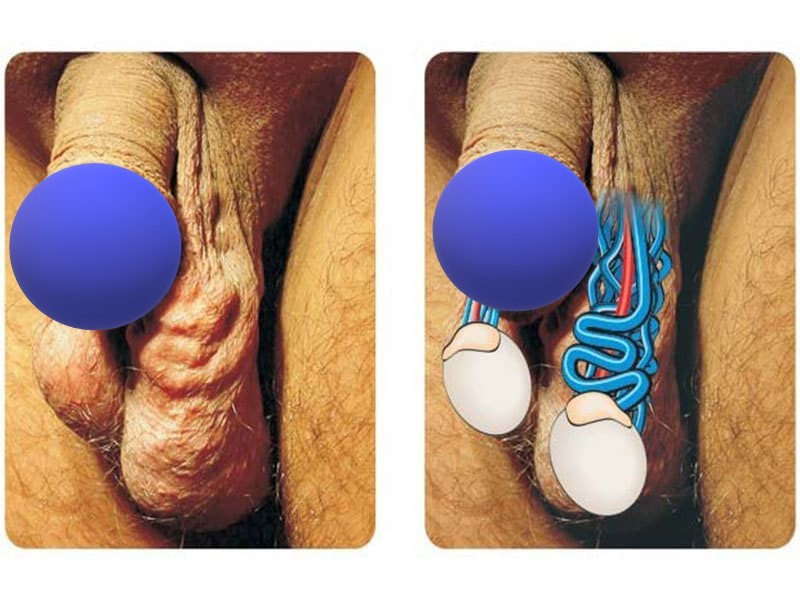
For self-diagnosis of the disease, men should know what a varicocele looks like. The external manifestations of varicose veins often go unnoticed, but upon closer examination, a significant expansion of the scrotum can be seen (see. Photo). This often causes cosmetic discomfort, the man begins to be ashamed of the appearance of the genitals.
During visual diagnostics, doctors pay attention to the formed vascular network and dilated vessels. During physical exertion and after intercourse, this part of the testicles begins to hurt, possibly reddening of the skin.
Classification
Varicocele, depending on the cause of the pathology, is divided into primary (acts as an independent disease) and secondary (is a consequence of another disease). With a secondary form, it is important not only to cure varicose veins, but also the underlying pathology.
Primary pathology is dangerous because for a long time it proceeds absolutely asymptomatic. But most often it is this type of varicocele that causes male infertility. Therefore, the primary type is considered the most dangerous.
There are 4 stages of varicocele:
- The first - at this stage, pathology is rarely detected, since there are no visible symptoms.
- The second - dilated veins become visible in a standing position.
- Third - dilated veins are visible to the naked eye, they are well felt and cause slight discomfort.
- Fourth - the man is in pain, the testicles begin to atrophy, irreversible consequences begin.
Varicocele 1 degree
The first degree of testicular varicocele is characterized by the absence of symptoms. The disease is detected only by ultrasound examination of the testicles or by Doppler ultrasound.
Visually, the dilated veins can be seen by doctors only when the patient is in an upright position and strong straining. On palpation, there is a slight swelling and enlargement of the testicle.
Read also:Bladder polyp
At the initial stage, the disease is amenable to conservative treatment, without surgery. However, the lack of discomfort leads to the fact that the man does not go to the doctor, allowing the disease to progress.
Varicocele grade 2
In the second stage, varicose veins of the spermatic cord are easier to diagnose. The doctor can detect the disease by probing the groin area when the patient is in a standing position. In the supine position, the veins "hide", which causes difficulties in diagnosis.
The second degree also does not show symptoms. The testicles, if they increase in volume, then insignificantly, without pain and discomfort for the man.
At this stage, the disease is still amenable to conservative treatment. Bandaging, gymnastics and other types of therapy necessary to restore the veins are prescribed.
Varicocele 3 degrees
The veins are greatly dilated, which is clearly visible during a visual examination of the patient in any position. To the touch, the tissues of the testicles are edematous, greatly increased in size.
The third degree is characterized by the appearance of the first symptoms. A man feels pain during intercourse, when wearing tight underwear. In the supine position, the pulsating vein is clearly visible.
It is at this stage that men most often go to the doctor. However, avoiding surgery is already problematic. In overwhelming cases, the patient is sent to a hospital for surgical treatment of pathology.
Varicocele grade 4
Varicose veins become pronounced and noticeable in any position of the patient. Vienna pulsates strongly, which interferes with the normal life of a man and becomes the reason for refusal of sexual intercourse.
At stage 4, the testicles are edematous, redness is observed. The pain becomes severe, especially when lying down. Atrophy of the testicles begins, which sharply decrease in size and become soft to the touch.
Treatment is only operative. It is impossible to get rid of this stage of varicose veins with medicines and gymnastics.
Varicocele causes
The plexus plexus of the testicle in men occurs for several reasons:
- increased intra-abdominal pressure as a result of prolonged diarrhea or tension of the abdominal muscles;
- compression of the veins of the testicle by a tumor, inguinal herniaoverflowing intestines (for chronic constipation);
- venous thrombosis;
- increased physical activity;
- frequent cycling;
- scrotal injury;
- infringement of the renal vein;
- long-term stay on your feet (with standing work).
The listed causes of varicocele in men belong to the secondary type of pathology, which occurs as a result of existing disorders. The primary type of the disease refers to congenital diseases that develop even during intrauterine development.
Symptoms and signs of varicocele
Signs of varicocele in men depend on the degree of the disease. In the first and second stages there are no symptoms, the disease is discovered by chance when the testicles are diagnosed to identify other pathologies.
Symptoms begin to show at the third stage. These include:
- change in the size of the scrotum;
- prolapse of the scrotum;
- pulling pains from the side of the painful area.
The main symptom disease is pain. With the development of the disease, it becomes difficult to ignore the discomfort. A man is worried about pain after intercourse, while walking and even in a dream. Feelings can be different - from a slight tingling sensation to severe cuts. As a rule, pain is accompanied by a rapid heartbeat (tachycardia), increased sweating, heat.
Read also:Epispadias
At the fourth stage symptoms cannot go unnoticed. The pain becomes so severe that it interferes with the usual activities, makes you wake up at night. She worries a man in any position of the body, regardless of physical activity and the presence of other provoking factors.
At the last stage, the disease can be seen visually - there is an asymmetry of the scrotum, redness on the skin of the testicles, swelling. Atrophy gradually develops, a sign of which is a decrease in the size of the testicles. In severe cases, the disease is accompanied by other symptoms:
- depressive state, tearfulness;
- fast fatiguability;
- irritability;
- losing weight;
- lack of appetite;
- general malaise.
What happens if varicocele is not treated (complications)
The consequences of varicocele include:
- persistent impairment of fertility;
- narrowing of the foreskin;
- valvular heart disease (due to impaired blood flow).
But most often in men, in the absence of timely treatment of the disease, infertility is observed. And this happens at 4 stages of pathology, when testicular atrophy begins. So so it is important to consult a doctor on time and undergo comprehensive treatment.
Varicocele treatment
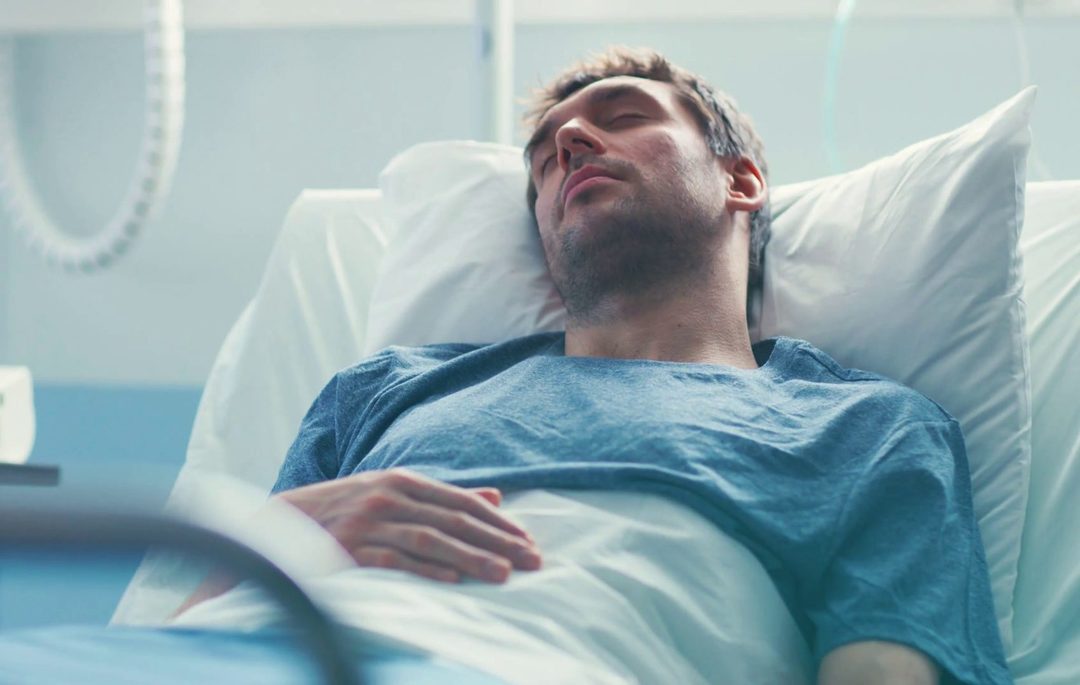
Before treating varicocele, a man is diagnosed:
- Ultrasound of the scrotum, kidneys, abdominal space;
- scrotal dopplerography;
- magnetic resonance imaging (MRI);
- rheography;
- thermometry;
- thermography.
Based on the results of the examination, the specialist prescribes treatment. It is of two main types: conservative and operational.
Varicocele treatment without surgery
At the first and second stages of the disease, the doctor prescribes conservative treatment. It consists in eliminating the factors that provoke stagnation of blood in the small pelvis.
A man will need to give up physical activity, work on his legs. A correct, balanced diet is recommended to prevent constipation. If the patient has persistent problems with the stool, then he is additionally examined by a gastroenterologist.
In some cases, a man is assigned to wear a suspensor - a special bandage that supports the scrotum. It helps prevent testicular prolapse and testicular atrophy. Wearing a bandage is required throughout the day and night.
It is advisable to exclude sexual intercourse, cycling and horseback riding for the period of treatment. The scrotum must be protected from injury.
Physiotherapy
Small physical activity in the form of therapeutic exercises will help a man prevent the development of complications of the disease. There are special exercises that improve blood circulation in the pelvis and prevent blood stasis. At the same time, it is important to remember that the loads should be minimal, and gymnastics should not bring pain in the muscles.
- First exercise. Take a standing position, legs slightly apart, relax your body. Stretch up on tiptoes, then slowly squat down. There should be 30 exercises in one approach. You need to do them twice a day.
- Second exercise. Stand up straight, close your legs tightly. Make a smooth forward bend, try to touch the floor with your fingertips. Stand up on your toes, take a deep breath. Then make a sharp exhale and slowly return to the starting position. Repeat 10 times.
Read also:Erectile dysfunction: what is it, causes, symptoms, diagnosis and treatment
But do not engage in medical gymnastics without first consulting a doctor.
Treatment of varicocele with folk remedies
In folk medicine, there are many recipes for treating varicocele and stopping the development of varicose veins. But there is no scientific confirmation of the effectiveness of these funds, but a well-conducted herbal medicine will only benefit.
- Infusion of apples. Cut fresh apples into pieces and boil for 30 minutes. Leave the finished broth for 4 hours. Take 50 grams twice daily before meals.
- Herbal infusion. To prepare it, you will need raspberry root, yarrow, chamomile, chestnut, willow bark. Mix all the ingredients in 1 tablespoon, pour 500 ml of boiling water and let it brew for 8 hours. Take 50 grams twice a day.
- Decoction bath. Sitting baths will also be useful for a man. You will first need to prepare a decoction consisting of chestnut, willow and oak bark. You need to take 100 grams of each component, pour a liter of water and cook over low heat for 30 minutes. Steam a loaf of rye bread separately. All ingredients are placed in a bath and filled with water. You need to stay in it for at least 30 minutes daily.
The listed methods of treatment are not basic. If a man has an advanced stage of varicocele, then only surgery will help.
Endoscopic surgery
Modern medicine offers several types of surgery to remove varicose veins. These include:
- abdominal surgery;
- endoscopic surgery;
- laparoscopic surgery;
- microsurgical operation.
What kind of surgery will be removed varicocele depends on the stage of pathology, complications and financial capabilities of the patient. The least traumatic intervention is the endoscopic type. Such an operation is indicated for bilateral varicocele, but does not guarantee re-expansion of the vein.
Preventive measures
As with any disease, it is easier to prevent varicocele than to treat it later on the surgeon's table. To do this, you need to follow the rules of prevention:
- Monitor your overall health, give up bad habits and eat right.
- Eliminate excessive physical activity, but be sure to play sports.
- Timely consult a doctor when the first signs of the disease appear. Early diagnosis of the disease allows you to cure the pathology with a conservative method.
- Monitor intra-abdominal pressure, prevent or treat constipation.
Varicocele is not a potentially dangerous disease, but it can cause a lot of trouble for a man and lead to infertility. Preventive measures will help prevent the development of this pathology.

